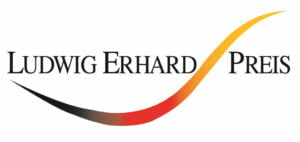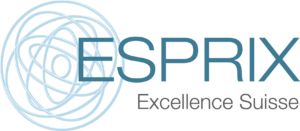Check: Conduct Success Evaluation according to Business Excellence (EFE)
Success Path Content
Prepare self-assessment
What's it about?
The Success Path offers you the simplest and fastest method for evaluating your organization based on excellence principles (EFE). In a short time, you’ll create a solid foundation for an excellence assessment. With minimal effort and AI support, you’ll identify strengths and areas for improvement, instantly receive meaningful reports from various perspectives, and can respond proactively before the assessment—not just to pass stress-free, but to excel with outstanding results.
Who is this intended for?
- Organizations planning an Excellence Assessment
- Reporting according to EFE framework (Excellence Framework Europe) desired
- Leadership and organization team
- If needed and interested, all process participants
How is the path structured?
The path belongs to the category “Check”. Our check is very thorough and enables holistic 360-degree assessments. You go through all the essentials in breadth.
Describe your challenge and the assessment context
Go through the 5 steps in detail as a team
360-degree view including maturity levels are automatically calculated
After completion, generate AI reports from numerous perspectives
Why is it worth the journey?
- Conducting the assessment in the driver’s seat
Before the assessor team arrives, you conduct the assessment on yourself. In doing so, you examine all essential aspects as a team. The learning effects are enormous. - Significant savings in effort
Instead of writing lengthy application documents, the documents are automatically created as part of the success evaluation. You simply supplement these with existing documents. - Perfect preparation for the assessment
You already know the result before the assessment and have time to implement improvements beforehand. You can compare your internal report with that of the assessors afterwards.
Included: Business Excellence training and AI assessment interview simulator
What will you take away?
Results
- Maturity levels according to 5 steps, interest groups, and processes
- Strengths and areas for improvement according to the 5 steps
- Strengths and areas for improvement according to your goals
- Strengths and areas for improvement according to EFE framework
- Cause-effect relationships and patterns
- An automated application document for the assessors
- "Cheat sheet" for preparing your assessment interviews
Frequently Asked Questions
Business Excellence Assessment
- What preparation is needed?
As with a classic assessment, the success assessment is also individually adapted to the organization. This requires a short description of the organization, as is usually created when initiating assessments. This description supports both you and the assessors and the AI. Based on the description, the AI develops tailored and relevant good practices for the various success factors.
Creating this description is a one-time process carried out by the tour guide. The time required varies depending on the tour guide's experience and the availability of existing descriptions and ranges from 2 hours to a day.
- What prior knowledge is required?
The success assessment is designed so that all questionnaires can be answered using common sense. We use simple language and also provide an e-learning on business excellence. All questions are optional, which means that participants only provide feedback on the topics they want and are able to.
Of course, the system is not perfect. This is where the tour guide comes in: their job is to support the participants and help with difficult questions or interpretations.
- How demanding is the success assessment?
A well-founded 360-degree reflection is demanding by nature. Technology makes the process easier, but it still remains a critical self-reflection. However, the system ensures that there is no excessive demand. It guides users through the process, provides suggestions and summarizes the contributions clearly. The language is eliberately kept simple and understandable.
There are various approaches to making the process more pleasant: taking breaks, concentrating on selected aspects or carrying out the success assessment together as a team on site.
- How long does the success assessment take and when should you do it?
In real life, we often take several months to write a classic application. Our aim is to shorten this process to weeks or even days. The record for a well-founded success assessment with 15 people is just 2.5 hours. However, this is not realistic for an assessment. We recommend completing the process as quickly as possible, ideally within a week, but no longer than four weeks, to avoid losing participants' attention. The team should choose a time period in which everyone can contribute. Each participant should reserve half a day to a whole day for this.
The selected period should be 1 to 3 months before the assessment. This gives the team enough time to prepare for the discussions and implement initial improvement measures.
- How can the implementation be designed?
There are several ways to do this. It's up to you which method suits you best. Here are a few options:
Fast approach:
The tour guide first completes the assessment and then invites the participants to add to it at certain points. This approach is particularly efficient.Individual processing:
The tour guide invites all participants to work on the system independently. After a week, the team meets to review the results together and add to them.Workshop format:
The tour leader organizes workshops, for example in the format "5 days to success". In each workshop, an element of the success assessment is addressed in the committee. The tour leader documents the team's views and contributions directly in the system. The workshop protocol automatically serves as the basis for the assessment. - How do you proceed with multiple organizational units?
Let's imagine that an organization wants to conduct performance evaluations for its various organizational units. How can this be done efficiently?
The organizational units or teams can be created individually in the system. The organization is described at the top level, which simplifies global settings because they only have to be defined once. The teams then have the opportunity to specify their specific characteristics such as processes or strategic challenges on the path to success. This leaves a lot of scope for individual adjustments.
The teams can work on their success evaluations in parallel. Each team has a protected area and receives its own, individually tailored reports.
- How honest should the success assessment be?
One weak point of the classic application letter is openness. Since you want a good assessment result, you present yourself as well as possible. Here, the motivation is different. You want to improve, save effort and prepare yourself as well as possible for the assessment. To achieve this, you should be completely open and honest. Your goal is to reflect on yourself as well as possible. And that includes all potential for improvement.
What documents you provide to the assessors is another matter. For example, you have the option of only telling the team your description and your strengths. It is then up to the assessors to validate these and identify potential for improvement.
- How are the reports created?
The reports are created in two different ways:
Real-time documentation:
The system documents and calculates your inputs immediately. This means you have direct access to the current results at any time.Final report:
At the end of the process, when all participants have made their contributions, a second method comes into play. In a classic assessment, assessors first note down all the details and then create a report - a process that often takes several days. In the system, this task is taken over by the AI, which creates the report utomatically. This process takes about 20 minutes. The finished reports are available for you to download as PDFs. - Do assessors have access to the reports?
The clear answer is: No! Assessors have no access to the system or the data.
The success evaluation and the assessment are two strictly separate processes. It is entirely up to you what information you provide to the assessors.
- Can the success assessment be repeated and compared?
In real, analogue life, we often have the need to see what has improved since the last assessment – we want to compare.
However, a lot has often changed in the meantime: the environment, internal conditions or new challenges. We therefore recommend creating a new, fresh success assessment. You can then compare the new reports with the old ones.
This not only makes more sense, but also better for data protection.
- Is this, in summary, the ultimate solution?
Unfortunately no.
The system is not a "jack of all trades". It is not perfect and takes time to process the information. The AI does not know your organization as well as you do and can sometimes get it wrong. Automatic reports are helpful, but they do not achieve the depth and precision of a report created by experienced assessors.
But: Overall, it is an excellent tool. It offers a well thought-out package that gets you to your goal efficiently, saves a lot of time and provides a lot of benefit. It is not perfect, but it is very good at what it does.
Our partners for seamless Excellence recognitions


Success Helper

Success Path Includes
- 9 Lessons




